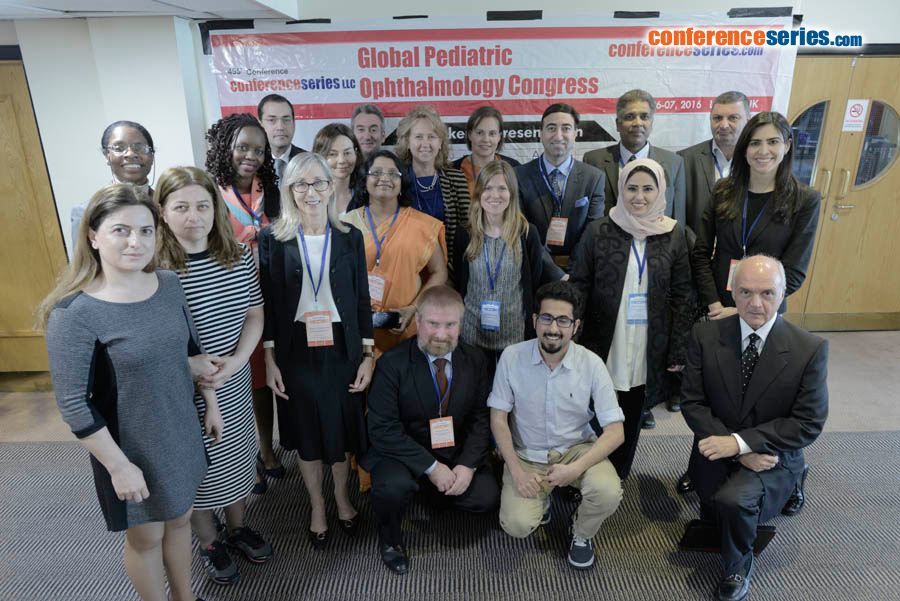
Sevinj Salmanova
National Center of Ophthalmology
Azerbaijan
Title: The dynamics of the effects of catecholamine excite dumping syndrome in the recovery phase of visual impairment in children who suffered from pre, -perinatal encephalopathy
Biography
Biography: Sevinj Salmanova
Abstract
To trace the state of adrenergic-cholinergic relationship in the recovery stage of sensomnestic and pupil-accommodative mechanisms 2000 children suffered from pre-, perinatal encephalopathy aged 3-12 months and further in ages 1-3 years, followed by catamnesis 5-7 years old were examined. The state of sensomnestic indicators was assessed by the adequacy of fixation of visual attention, by flash visual evoked potential and the reaction of "assimilation" of photostimulation rhythm in the EEG. They were grouped by diagnosis of neonatologists; pre-, perinatal encephalopathy (PPE) – 1000 children, perinatal acute cerebrovascular stroke (PACVS) - 400 children, perinatal toxic-hypoxic encephalopathy - 600 children. We found that 85% of children with PACVS and 50% of children with PPE in the early neonatal period have marked catecholamine excite dumping syndrome. We have had a direct positive correlation between this syndrome and the duration of unstable fixation of visual attention in children with PACVS and with PPE, examined of a periods of life up to 3 and 3-6 months, even – up to 1st year. In more than one third of these children up to age of 1 year, there was a tendency to strengthen of dysregulation of the visual analyzer vascular providing mechanisms, related to cholinergic irritation. However, we have worked out the treatment plan, including Prednisolone 1 mg - in the morning, 2 ml of Bio-Ritmo – in the afternoon, Vasobral 10 mg - in the evening, Semax - 1 drop in each nostril (1 time a day) carry through 3 weeks, minimizes the risk of exacerbation of the consequences of catecholamine excite dumping syndrome.


